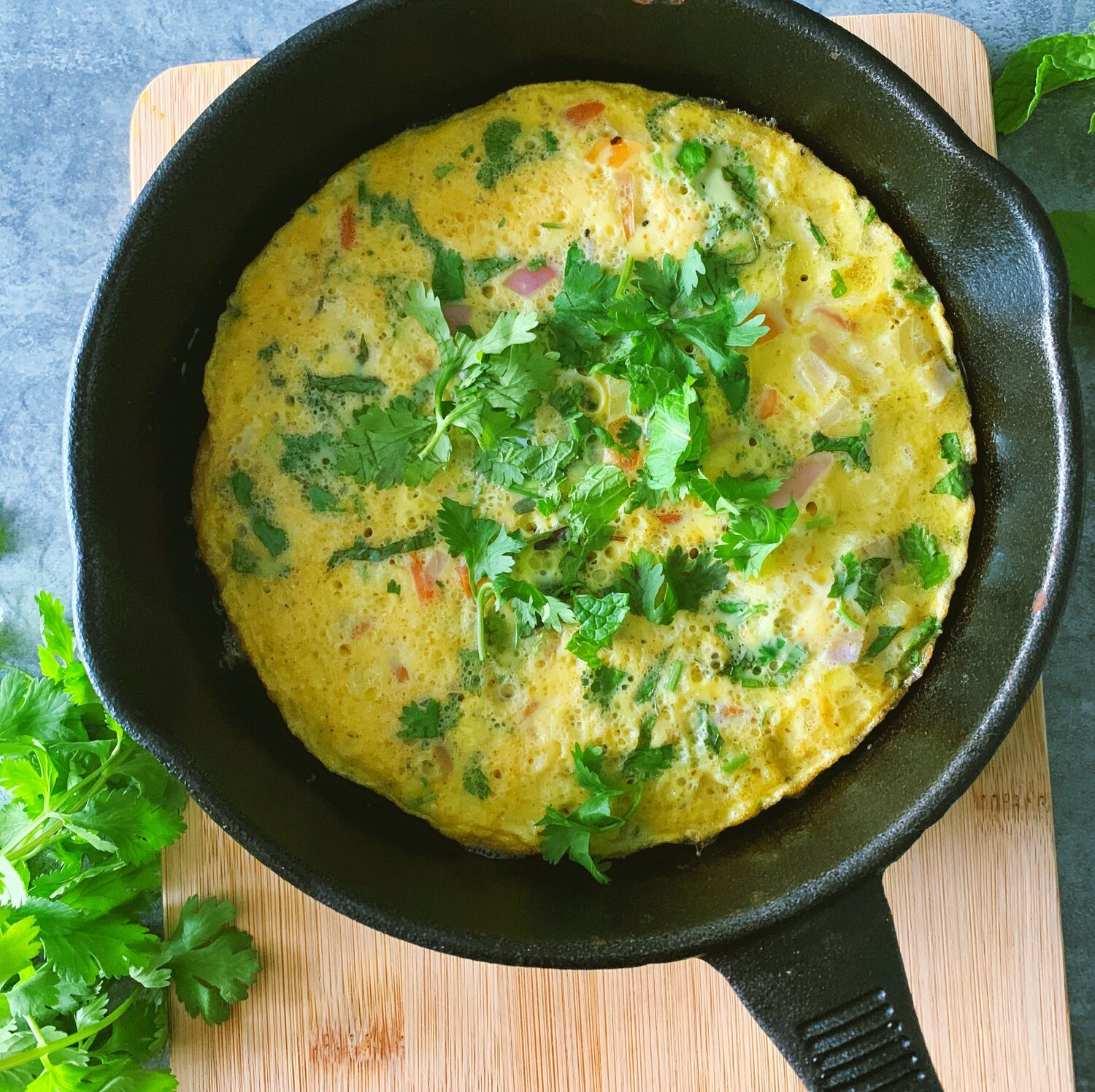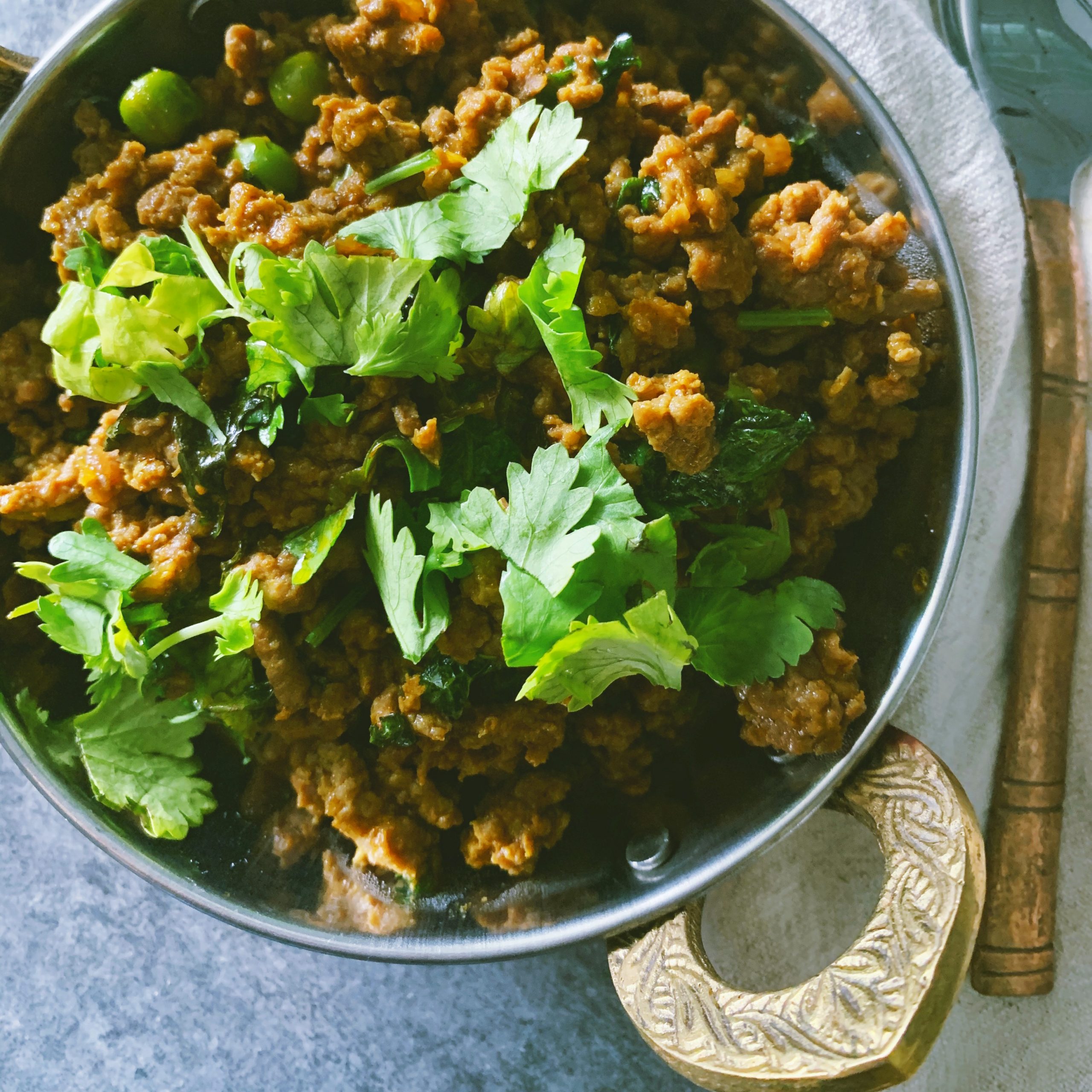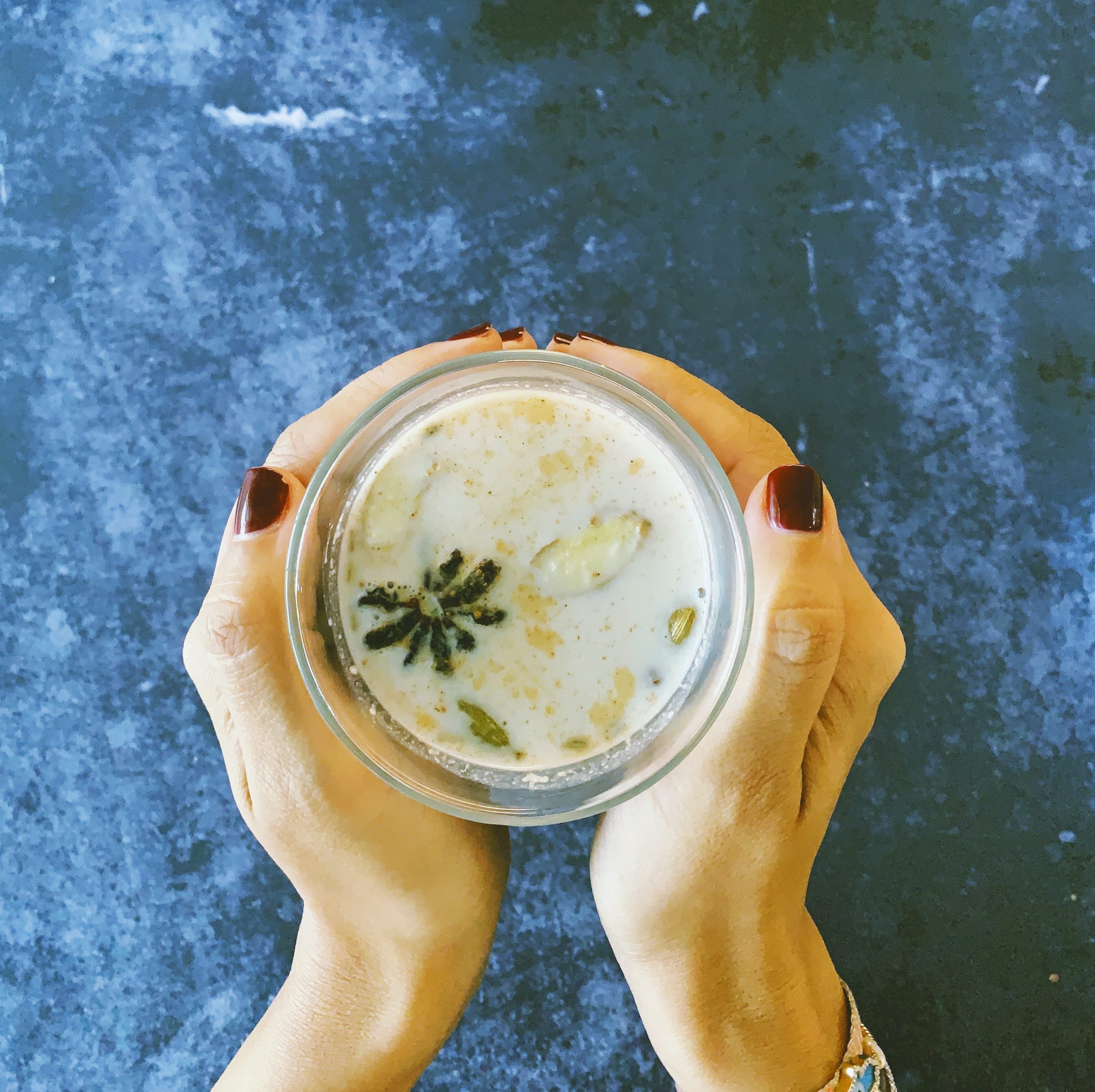Doing the Whole30 and ready to add some exciting new flavors?
Indian food and all its bold flavors are a big part of how I cook and I’ve compiled a list of some of my favorite simple go-to Indian recipes for you! I hope this list will inspire Whole30’ers to experiment with the wonderful flavors of India or encourage other Indians like me to believe they can do a Whole30!
I grew up in New York, lived in the Middle East for a bit, and currently live in Singapore. I consider myself a citizen of the world but my roots are Indian. My parents moved to the US from India a few years before I was born and brought with them the wonderful flavors I grew up eating. My biggest connection to my culture is definitely the food. I find the spices I grew up with creeping into many of my recipes and for good reason. They are warm, nourishing and full of complex flavor. Despite what some might think, Indian cuisine is actually extremely Whole30 friendly.
Before I get into more detail on how Indian food is so Whole30 friendly, for those of you don’t know what the Whole30 is, in short the Whole30 is a 30-day plan designed to reset your digestion, hormones, blood sugar, emotional connection with food, and more. How does the Whole30 do this? by cutting out dairy, sugar, grains, legumes, alcohol, and foods that are triggers (no replicating pizza, muffins, cookies, etc even if the ingredients are compliant).
If you want to know more of the nitty-gritty you can find out more here!
Back to Why Indian Food is so Whole30 friendly.
Fats – For those of you who don’t know, ghee or clarified butter comes from India! Obviously, I was thrilled that ghee was Whole30 compatible. Other Whole30 cooking fats that are common in Indian cuisine are coconut oil and coconut milk. You will see me use all 3 quite frequently in my cooking.
Protein – Most Indian’s don’t eat beef for religious reasons but animal proteins such as chicken, lamb, and seafood are staples for many Indians, especially if you come from North India or the Coastal regions.
Vegetables (Carbs) – This is definitely where you will find the most variety for your Whole30. Vegetables are prepared in a multitude of ways in India, from curries to quick sautés. Many of the beautiful Indian vegetarian dishes don’t even need to be tweaked to be Whole30 compatible!
we have established Dairy, Sugar, grains, legumes, and alcohol aren’t allowed during your whole30, but here are some watch-outs if doing Indian during your Whole30.
-
Dairy –
-
Yogurt – You will find this in many marinades but I find swapping it out for coconut yogurt or a little bit of cooking fat makes a good replacement.
-
Paneer – An Indian cheese used in many vegetarian dishes from Palak Paneer to Malai Kofta. You will need to skip paneer completely for the 30 days
-
Milk – You will have to swap your masala chai for a more compatible morning beverage. Black coffee, not your thing? Try homemade almond milk or coconut milk in your chai instead of traditional milk or a comforting masala milk or golden turmeric latte.
-
Cream – Used in dishes like the popular chicken tikka masala, a great replacement for cream in dishes is coconut milk, coconut cream, or cashew cream.
-
-
Grains
-
Rice – Yes, Indians eat a lot of rice. Though our beloved Basmati is Paleo friendly, the grain doesn’t make it on the list of Whole30 compatible foods so swap this out with cauliflower rice or ditch the rice altogether.
-
Bread – Naan, Chapati, Roti, Phulka, or whatever you eat or call it, it’s 100% off-limits. This isn’t only because of the grains used to make them, but also because of the dependency most of us have on these favorite flatbreads. I know you will miss it, but I promise your food will still taste good without it.
-
-
Legumes
-
Dal – This is a big one. It’s a staple in almost every Indian home and even with the proper soaking, sprouting, cooking, and adding of digestive aiding spices… you will still have to forgo it for the full 30 days. Why? Legumes are known to cause digestive issues and contain phytates, both of which impact Gut health and don’t pass the Whole30’s “Good Food standard”. At the end of the day, it’s only 30 days and you might find your dal wasn’t as innocent as you thought it was.
-
Peas – Peas are used a lot in Indian mixed vegetable recipes or ground meat dishes like Keema. They used to be off-limits during a Whole30, but I am excited to say there was a change in the rules as of March 2020. As per the Whole30 website – “We’re adding an exception for peas, which means that sugar snap peas, snow peas, green peas, yellow peas, and split peas are allowed during your Whole30". Yay!
-

























